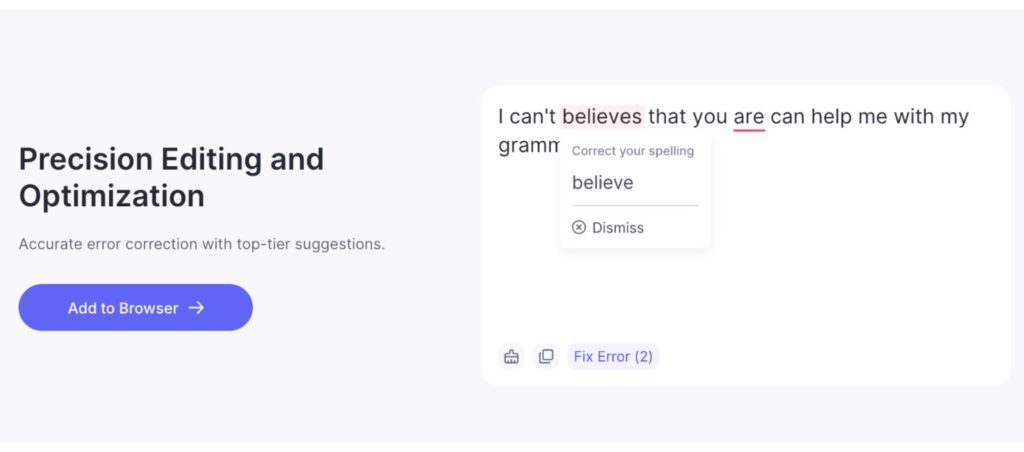Have you ever found yourself wondering when to use heal vs heel? You’re not alone—these two words sound exactly the same, but their meanings couldn’t be more different. This blog, guided by Arvin AI’s free Grammar Checker, will break it all down for you.

Definition of Heal
To heal means to fix what’s been hurt—whether that’s your body, your heart, or even something bigger, like relationships or communities.
Examples of Heal
Physically
Healing is like your body’s built-in repair system—it’s working in the background, even when you’re not thinking about it. But here’s the catch: you’ve got to give it the tools. Rest, eat well, hydrate.
Example:
- “After the marathon, I needed weeks to heal. Ice baths and Netflix binges became my best friends.”
Emotionally
Emotional healing? That’s a whole different beast. It’s not just about “getting over it.” It’s about working through it. Journaling, talking it out, maybe crying to folklore at 2 a.m. (No shame—been there.) It’s about giving yourself space to feel, to process, to grow.
Example:
- “After losing my dog, I needed time to heal. Therapy helped, but so did looking at old pictures and remembering the good times.”
Culturally and Politically
Healing can also happen on a larger scale. After the COVID-19 pandemic, for example, societies worldwide had to heal—reconnect, rebuild trust, and figure out what the new “normal” even looked like.
Example:
- “In the wake of political turmoil, the country began healing through open conversations and grassroots movements.”
Definition of Heel
The word heel has a range of meanings, depending on how it’s used:
Body Part:
The back part of the human foot is just below the ankle.
Example:
- “I got a blister on my heel after walking all day in new shoes.”
Footwear:
The raised part of a shoe, designed to support the back of the foot or add height. Often times, when heels are mentioned, we often think of those sky-high stilettos that Carrie Bradshaw from Sex and the City would kill for.
Example:
- “Her Louboutin heels clicked against the marble floor as she entered the room.”
Obedience (as a verb):
Ever seen a dog walking perfectly beside its human in a park? In commands, particularly to dogs, it means to follow closely at someone’s side.
Example:
- “Cesar Millan, the Dog Whisperer, always emphasizes teaching dogs to heel as part of obedience training.”
Metaphorical Use:
It can represent subservience, following closely, or being figuratively at someone’s mercy—like the sidekick who’s always following the hero (looking at you, Ron Weasley).
Example:
- “The loyal soldier stayed at the king’s heels, ready for orders.”
Examples of Heel
- “Achilles, the famous hero from Greek mythology, had only one weakness—his heel.”
- “The heel of my Louboutin broke during the MET gala—how embarrassing!”
- “Wrestling icons like The Rock built their careers fighting ‘heels’—villainous wrestlers who everyone loved to hate.”
- “During a storm, the Titanic heeled dangerously before sinking into the icy waters.”
Heal vs Heal Pronunciation
Both heal and heel are pronounced exactly the same, making them homophones.
- Pronunciation: /hiːl/ (rhymes with “feel”).
Despite sounding identical, their meanings couldn’t be more different.
What Is the Difference Between Heel vs Heal?
| Aspect | Heel | Heal |
| Definition | Refers to the back part of the foot, a shoe’s bottom, or a dog training command. | Means to recover, restore, or make whole again, physically or emotionally. |
| Examples | “The blister on my heel hurt after the hike.” | “It took weeks for my sprained ankle to heal.” |
| In Pop Culture | Zendaya’s iconic high heels on the red carpet. | Wolverine’s ability to heal instantly in the X-Men series. |
| Usage Context | Physical, related to feet, shoes, or actions like following closely. | Recovery, whether it’s physical, emotional, or metaphorical. |
Why Heal vs Heel Is Confusing
They sound exactly the same (thanks, homophones), but their meanings are completely different. This can easily lead to mix-ups, especially in writing where context isn’t as obvious.
For example, if someone says, “I need time for my heel to heal,” it might take you a second to realize they’re talking about both the back of their foot (heel) and the process of recovery (heal).
Additionally, it doesn’t help that heel has so many meanings.
It can refer to the back of your foot, the part of a shoe, or even a villain in wrestling (“Ric Flair was the ultimate heel in the ring”). Meanwhile, heal is more straightforward but just as versatile, covering everything from physical injuries to emotional recovery (“Time heals all wounds”).
Unfortunately, the only way to master them is to get familiar with their meanings and learn to read between the lines!
Or, save time and write better with Arvin AI’s free Grammar Checker!
Heal vs Heel Homophone Sentences
Homophones, like heal and heel, are a classic case of English keeping us on our toes. They sound the same but mean entirely different things.
- “After the long hike, the blister on my heel needed weeks to heal—it was brutal!”
- “Achilles’ heel was his vulnerability, and no amount of healing could save him from his fate.”
- “Her favourite high heel broke on prom night, but her heart would take much longer to heal.”
- “The wrestler played the role of a heel perfectly, but after the match, his real focus was healing his bruises.”
- “It’s funny how the same word can describe both a dog’s command to heel and the way time helps us heal from a rough day.”
Final Words
Understanding the difference between heal and heel is one of those small language wins that makes a big difference. Whether you’re talking about physical recovery, emotional growth, or the back of your foot, knowing which word to use keeps your communication clear.

You can make this progress much easier by using Arvin AI’s free Grammar Checker!
FAQ
If it’s about footwear, it’s heels. If it’s about recovery, it’s heal.
Heel relates to feet or shoes, while heal means recovery or fixing.
A dog heels when it follows closely beside you.
Heal means to recover or restore. Heel refers to the back of the foot, a shoe, or obedience commands.
It’s head over heels—a phrase about being deeply in love or thrilled.






